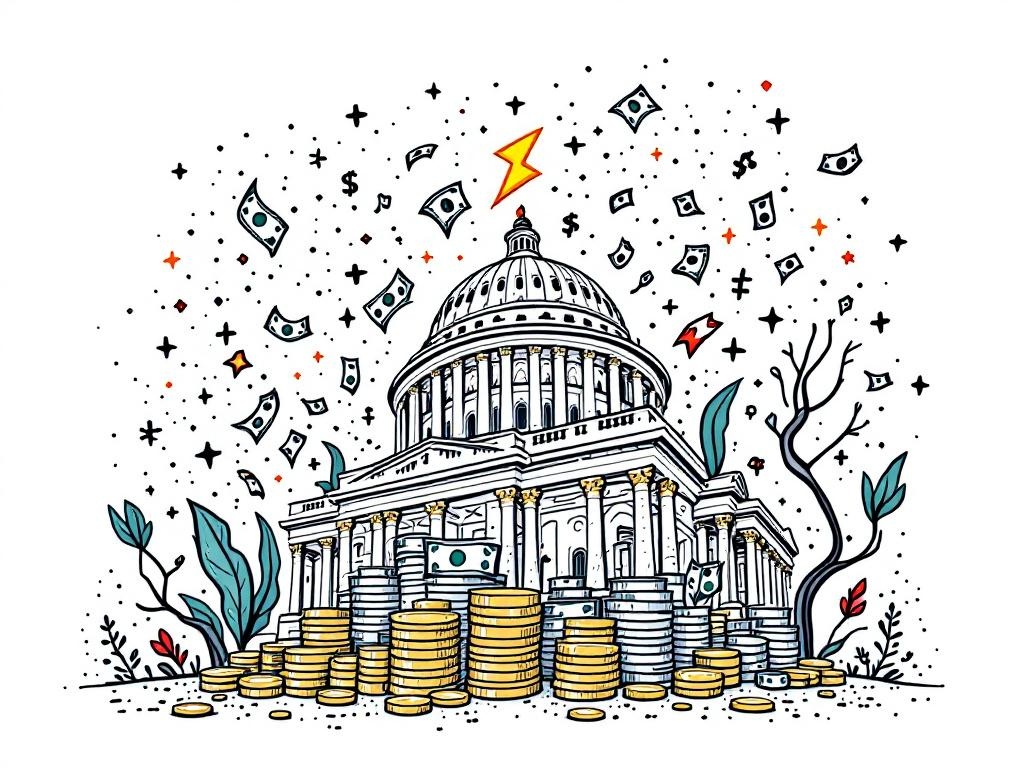Rise in 'Blowout Counties' Reshapes U.S. Political Strategies

Washington, D.C., Saturday, 21 June 2025.
The dramatic increase in ‘blowout counties’, where candidates win by 50-point margins, signifies a major political shift, prompting parties to adapt to intensified regional polarization.
A Surge in Political Polarization
The notable growth in the number of ‘blowout counties’—where presidential candidates achieve victory margins of 50 percentage points or more—has reached a historic scale, transforming political strategies across the United States. In 2000, only 10% of U.S. counties were classified as such. Today, that figure has surged to approximately 40%, reflecting significant shifts in voter clustering and ideological segregation [1]. This growing divide poses both opportunities and challenges for political parties as they navigate increasingly polarized regional voter bases.
Redrawing the Political Map
The phenomenon of blowout counties has led to strategic recalibrations within both major political parties. Former President Donald Trump played a pivotal role in expanding Republican dominance in these areas, particularly in regions like Appalachia, previously considered Democratic strongholds [1]. This shift was not mirrored by Kamala Harris, who emerged as a key figure for Democrats, with notably larger blowout victories in urbanized and diverse regions such as DeKalb and Clayton counties in Georgia [1]. As a result, Republicans have concentrated efforts on solidifying support in rural areas, while Democrats have worked to build vote-rich urban centers.
Implications for Future Elections
The increase in blowout counties impacts how elections are contested and won. In the 2024 presidential contest, approximately 75 million voters resided in these politically homogeneous regions, reflecting an upswing in ideological consolidation since prior elections [2]. Political analysts suggest that this may lead to reduced competition, with candidates increasingly focusing on mobilizing their core base instead of persuading undecided voters [2]. Dr. Jennifer Lee, a renowned political analyst, noted that this could potentially undermine broader democratic engagement as candidates tailor their messages to smaller, more ideologically aligned audiences [2].
Adapting to New Political Realities
Looking ahead, both parties face the daunting task of adapting to the evolving electoral geography marked by blowout counties. Strategic adjustments will be imperative to address these entrenched regions effectively. Political movements are expected to double down on optimizing turnout among their most fervent supporters while also endeavoring to break into new territories. The structural implications of this trend are likely to shape campaign strategies, legislative priorities, and policy developments in future electoral cycles [2].